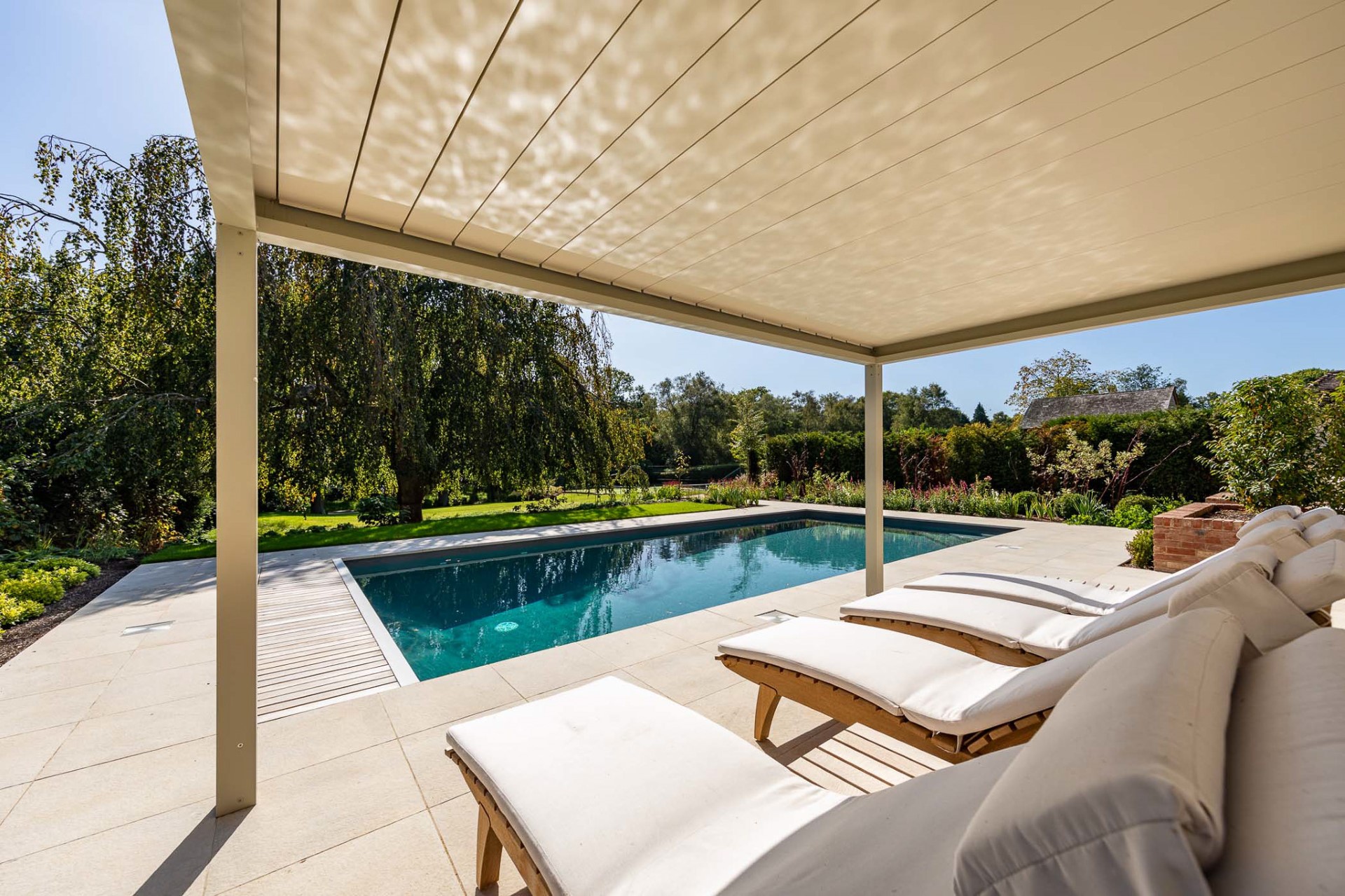CAB reviews the year ahead
With construction output expected to decrease by 2.1% in 2024, according the latest report from the Construction Products Association, how will aluminium fenestration fare in the year ahead? asks Phil Slinger – CAB CEO
It is fair to say that 2024 will be a challenge for some, but for many it will be business as usual and the companies who remain nimble and can change quickly to capitalise on new technology and opportunities will be the winners. The recession in our industry, forecast by some at the beginning of 2023, did not materialise but there were some noticeable business failures that we can all learn from.
Over the years CAB has been supporting the aluminium fenestration market, 30 years this year to be precise, and we have seen many changes. One thing we have learnt is that as one door closes, another opens. In the residential market we have seen new build cut by one-third in 2023, but this has gone hand in hand with homeowners staying in existing properties and refurbishing and extending what they have, often utilising new thermal efficient windows and doors. A similar trend occurs in commercial offices, rather than moving or demolishing, building refurbishment occurs when faced with a market downturn.
In commercial circles, a cut of 2.1% in construction across the industry, followed by a forecasted 2% rise in 2025 will hardly affect the fenestration market which is predominantly aluminium based. But there are trends that continue to influence the market. City living is very much with us and has been for few decades now, many commercial premises have been converted into lofts and apartments specify slim, steel look, thermally efficient aluminium windows. This trend continues now on old commercial properties on the outskirts of cities and increasingly specified on new projects.
Curtain walls, dominated by stick systems, are giving way to unitised curtain wall systems. Once the realm of large office developments, unitised systems are now being specified on medium sized projects where off-site construction and short build times are being specified to reduce costs and further improve quality.
Trade magazines, once the domain of high performance PVC systems have given way to aluminium as being the aspirational material of choice. There seems to be a move towards more glass and less frame as large sliding doors are now competing once again with the sliding folding door format. Front doors on homes are now being offered in a wide range of bespoke designs in aluminium. Flush fitting with hidden hinges complete with a high thermal performance, these doors options are a welcome addition to the traditional UK door styles offered by composite door companies.
A rapidly growing trend at the moment is the residential application of the slim, steel look, thermally efficient aluminium window doors in home improvement. A trend to offer older homes something more in keeping with the age of the building. We are also seeing these slim door systems and windows installed internally to create spaces within buildings that allow light airy spaces to be formed.
Outdoor living continues to develop with a growing number of companies in the UK offering stand-alone structural aluminium systems, often including outdoor kitchens and lounging spaces, to enjoy the rising temperatures expected in the UK. Rooflights and canopies are also on the rise, many of these designs utilise aluminium as a structural component that when powder coated can offer decades of life expectancy.
Whilst the Future Homes consultation languishes in England and Wales, Scotland takes the lead and introduces a Passivhaus construction standard later this year. Aluminium is already set to take advantage of these developments with systems from various manufacturers certified on the UK’s Passivhaus Trust website. Some sizeable commercial projects are increasingly using this standard across the UK as real, quantifiable savings in energy usage can be realised which offer payback within a few years of operation.
In commercial applications aluminium is usually the only material of choice and the development of these high performance systems continue to make their way into our low rise residential properties. This is trend that will continue over the foreseeable future and CAB will remain on hand to support it’s membership in both commercial and residential markets. The Association offers free to attend webinars and training schemes for its members and continue to be a voice of aluminium in the UK & Ireland.
With the upstream production of aluminium making huge steps towards reducing carbon content, aluminium’s near 100% recyclability and its long ‘in-use’ life expectancy, the Association believes that homeowners will continue to embrace aluminium as the material of choice for future sustainability. On the cautionary side, the association agrees that 2024 will be a challenging year for many, but the opportunities are there for many of our members and the wider industry.
Should you wish to learn more about the use of aluminium used in construction, please contact CAB directly, or why not consider joining the Association and be recognised as being involved in supporting your Industry and helping to shape its future. More information on our website at c-a-b.org.uk












